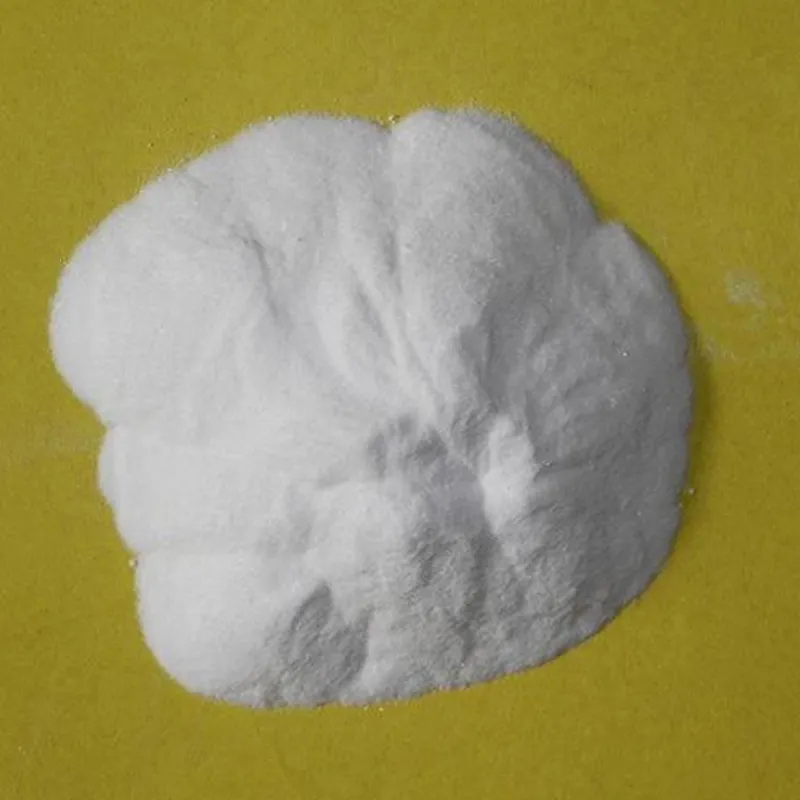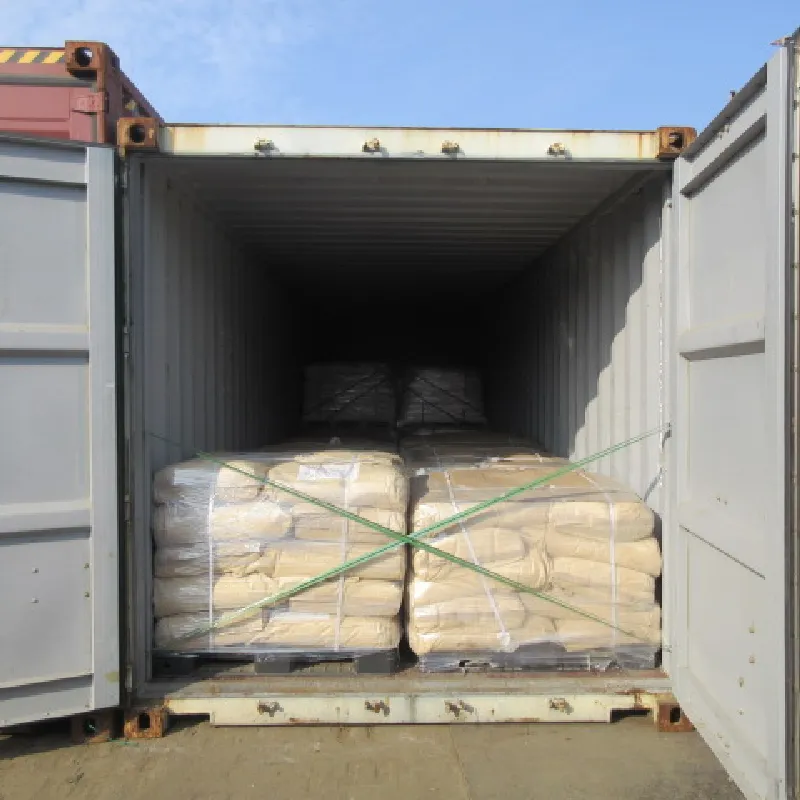
e171 food additive
The Role and Controversy of E171 Food Additive
E171, commonly known as titanium dioxide, is a widely used food additive that serves primarily as a whitening agent. It is employed in a variety of food products, including confections, sauces, dairy items, and baked goods, to enhance their visual appeal and to provide opacity. The additive is not only prevalent in the food industry but also finds applications in cosmetics, paints, and plastics due to its effective light-scattering properties.
Titanium dioxide is valued for its ability to improve the aesthetic qualities of food, contributing to a more vibrant and appealing appearance. It is particularly popular in sweets and desserts, where a bright white color can make a product seem more enticing. Food manufacturers often use E171 to achieve uniformity in color across batches, which is essential for branding and consumer expectations.
The Role and Controversy of E171 Food Additive
In 2021, the European Food Safety Authority (EFSA) conducted a thorough review of E171 and concluded that the additive could no longer be considered safe when used in food products. This decision was based on findings indicating that E171 could pose risks to human health, leading the European Commission to propose a ban on its use in food as a precautionary measure.
e171 food additive

The controversy surrounding E171 highlights a growing trend towards increased scrutiny of food additives and a demand for transparency in food labeling. Consumers are becoming more aware of what they eat and are increasingly advocating for cleaner ingredient lists. This shift in public perception has prompted many food manufacturers to reconsider their formulations and to seek alternatives that do not involve potentially harmful additives like E171.
In response to the safety concerns, some brands have already removed E171 from their products and have opted for natural alternatives to achieve the desired color and appearance. This has led to a surge in the use of natural colorants derived from fruits, vegetables, and spices, which not only enhance aesthetic qualities but also provide nutritional benefits.
As regulations continue to evolve, it is crucial for consumers to stay informed about the ingredients in their food. Understanding the implications of additives such as E171 can empower individuals to make healthier choices. Moreover, engagement with local and national regulatory agencies can help shape policy decisions regarding food safety and consumer protection.
In conclusion, while E171 has long been a staple in the food industry for its whitening properties, its safety is now under scrutiny. The ongoing debate emphasizes the need for a balance between consumer appetites for visually appealing food and the assurance of safety in what we consume. The future of food additives like E171 will likely be characterized by a shift towards transparency, safety, and the use of natural alternatives. As this dialogue continues, it is essential for consumers and regulators alike to prioritize health and well-being in the food supply.
-
The Safety Challenges of Ammonium Nitrate FertilizerNewsJun.26,2025
-
The Critical Role of Mining ChemicalsNewsJun.26,2025
-
Shelf Life of Glacial Acetic Acid Food GradeNewsJun.26,2025
-
Enhancing PVC Longevity with 1,2,3-Benzotriazole InnovationsNewsJun.26,2025
-
China’s Dominance in Food Additive ProductionNewsJun.26,2025
-
Can Aluminum Hydroxide Replace More Toxic Alternatives?NewsJun.26,2025
-
PE and PP Plastics with Benzotriazole AdditivesNewsJun.12,2025
Hebei Tenger Chemical Technology Co., Ltd. focuses on the chemical industry and is committed to the export service of chemical raw materials.
-

view more DiethanolisopropanolamineIn the ever-growing field of chemical solutions, diethanolisopropanolamine (DEIPA) stands out as a versatile and important compound. Due to its unique chemical structure and properties, DEIPA is of interest to various industries including construction, personal care, and agriculture. -

view more TriisopropanolamineTriisopropanolamine (TIPA) alkanol amine substance, is a kind of alcohol amine compound with amino and alcohol hydroxyl, and because of its molecules contains both amino and hydroxyl. -

view more Tetramethyl Thiuram DisulfideTetramethyl thiuram disulfide, also known as TMTD, is a white to light-yellow powder with a distinct sulfur-like odor. It is soluble in organic solvents such as benzene, acetone, and ethyl acetate, making it highly versatile for use in different formulations. TMTD is known for its excellent vulcanization acceleration properties, which makes it a key ingredient in the production of rubber products. Additionally, it acts as an effective fungicide and bactericide, making it valuable in agricultural applications. Its high purity and stability ensure consistent performance, making it a preferred choice for manufacturers across various industries.











